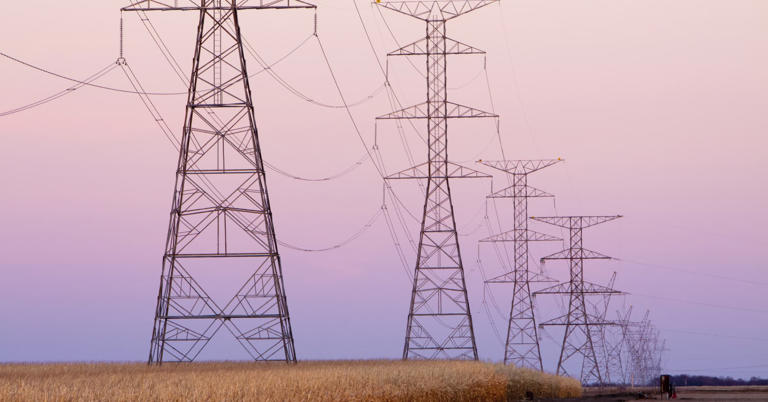The electrician profession is experiencing a notable surge in demand, driven by several key factors impacting both the current labor market and future job outlook. According to the Bureau of Labor Statistics (BLS), employment for electricians is projected to grow by 6% annually through 2032, which is twice the rate of growth for all other occupations. This growth will result in approximately 73,500 job openings each year due to retirements and career changes.
Factors Driving Demand
- Increased Electricity Usage: The demand for electricity continues to rise as homes, factories, office buildings, data centers, electric vehicles (EVs), and various utilities require more power. This growing reliance on electricity underscores the need for skilled electricians to install, maintain, and repair electrical systems.
- Transition to Renewable Energy: The shift towards renewable energy sources is essential for achieving climate goals and reducing carbon emissions. However, this transition relies heavily on the availability of electricians to implement and maintain new energy infrastructure. This critical need extends to sectors such as wind and solar energy, which require significant electrical expertise.
- Technological Advancements: The expansion of technologies such as cryptocurrencies and artificial intelligence (AI) further amplifies the demand for electricians. Data centers that support these technologies require sophisticated electrical systems, contributing to the growing need for skilled professionals in the field.
Challenges and Opportunities
The current shortfall in electricians is exacerbated by the fact that more electricians retire or leave the profession each year than new workers entering the field. This imbalance is leading to project delays and increased labor costs across various industries, including construction, manufacturing, and utilities.
To address the shortage, both labor unions and non-union organizations are intensifying recruitment efforts. The National Electrical Contractors Association (NECA) and the International Brotherhood of Electrical Workers (IBEW) are expanding their recruitment strategies to attract a diverse workforce, including women and minorities, and to promote the profession from an early age. Career messaging now starts as early as middle school to encourage students to consider a career in the trades.
Pathway to Becoming an Electrician
Becoming a journeyman electrician typically requires:
- Educational Requirements: A high school diploma or GED is necessary.
- Apprenticeship: A four-year paid apprenticeship under a licensed electrician, which includes approximately 8,000 hours of on-the-job training and some classroom instruction. This training is often funded by industry groups, minimizing debt for apprentices.
Training and Education
- IBEW and NECA: These organizations run the Electrical Training Alliance, with nearly 300 training centers across the U.S., offering a comprehensive curriculum approved by the Department of Labor.
- IEC: The Independent Electrical Contractors (IEC) also provides apprenticeship programs through 70 training centers nationwide, incorporating modern learning methods like online classes and virtual reality.
Educational institutions such as Los Angeles Trade-Technical College and Syracuse University’s College of Professional Studies are also involved in training electricians. These institutions offer various programs, from pre-apprenticeships to associate and bachelor’s degrees, which support career advancement and skill development.
Salary and Career Prospects
As of 2022, the median annual salary for electricians in the U.S. was $61,590, with the top 10% earning over $104,000. Union electricians, represented by IBEW, earn an average salary of $82,664, compared to $56,180 for non-union electricians. The salary varies by job category, with residential electricians earning around $54,000, industrial electricians $67,460, and commercial inside wire-persons $71,800.
Industry Impact
The growing need for electricians extends to high-profile projects, such as Micron Technology’s $100 billion semiconductor factories in New York, which will require approximately 2,500 electricians. This highlights the substantial career opportunities available in the field.
Conclusion
The electrician profession is set to thrive over the next decade, driven by the increasing demand for electricity, the shift to renewable energy, and advancements in technology. The ongoing efforts to recruit and train new electricians, coupled with the profession’s stable and lucrative prospects, make it an attractive career choice for many. As the electrification of America continues, the role of electricians will remain crucial in powering and sustaining various aspects of modern life.
